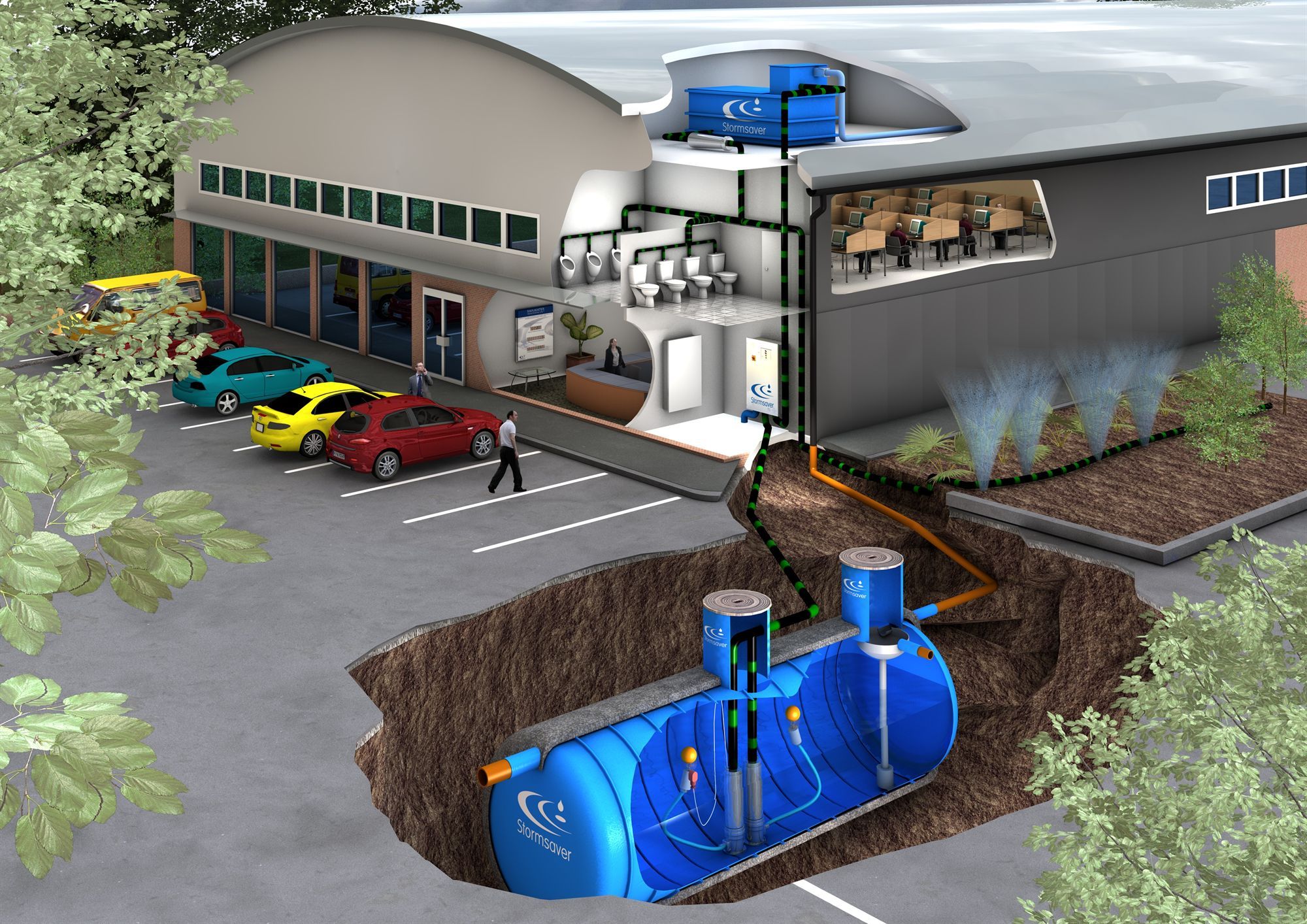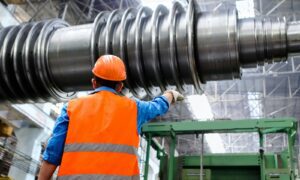Rainwater harvesting is the process of conserving rainwater by collecting, storing, and reusing water that runs off rooftops, roads, parks, leisure centres, and more.
Rainwater harvesting tanks can be used both above and below the ground and are particularly popular in areas prone to periods of drought.
Why is rainwater harvested?
Rainwater is pure and naturally occurring, making it one of the best methods to support the conservation of water.
Though it’s typically used for non-potable applications, such as irrigation, washing, cleaning, and bathing, it can also be used for drinking and cooking – provided a filtration system is used.
Below, we take a closer look at the advantages of using rainwater harvesting tanks and why you should consider the investment.
5 benefits of rainwater harvesting
Harvesting rainwater can bring countless benefits, some of which include:
1. It’s free
Rainwater is a free source of water and, by collecting and storing it, you could save a considerable amount of money on your water bills each year!
The water collected in your rainwater harvesting tank could be used for everything from toilet flushing to car washing and landscaping – effectively reducing the demand for mains water.
2. It’s simple to install
Installing a rainwater harvesting system couldn’t be simpler.
To use the water, all you need is a suitable-sized storage tank and a pipe or tap system. You can then collect rainwater by directing the runoff from your gutters into your storage tank.
If you intend on using the harvested rainwater for irrigation, a filtration system will not be required – making the process of installation even more straightforward.
3. It’s good for the environment
Rainwater harvesting is a great way to save energy and reduce your carbon footprint. As the collected water doesn’t need to be filtered for outdoor applications, no energy is used (or wasted!) on filtration systems.
Harvesting rainwater also reduces the need for treatment plants to use excess electricity, pumping stations to use additional power, and sewer and water companies to burn more fossil fuels to keep pace with the increasing water demand.
Rainwater that’s harvested can be used to wash cars and flush toilets – saving perfectly clean, potable water for drinking and cooking purposes.
4. It’s suitable for irrigation
Unlike most groundwater sources, natural rainwater doesn’t contain any chemicals, dissolved salts or minerals, which is great for agricultural applications.
Another great thing about using a rainwater harvesting system, is that it decreases soil erosion and the risk of flooding during heavy periods of rain – ensuring minimal harm to crops. It also means lakes, rivers and other bodies of water will be less polluted.
5. It can provide an emergency source of water
Rainwater harvesting helps to reduce the demand during the summer, preserving treated water for more important uses.
Stored rainwater can also be used as a backup supply in emergencies (i.e. in times of drought or when a fire breaks out).
Ready to take the next step towards rainwater harvesting?
If you’re looking to do your bit for the environment and conserve water, harvesting rainwater is ideal.
The first step is to invest in a rainwater harvesting tank from a reputable supplier, such as Cotterill Civils. Their tanks are suitable for farming applications, as well as homes, gardens, industrial settings and multi-house dwellings. They’re also priced competitively, meaning you won’t need to break the bank to start harvesting rainwater.































